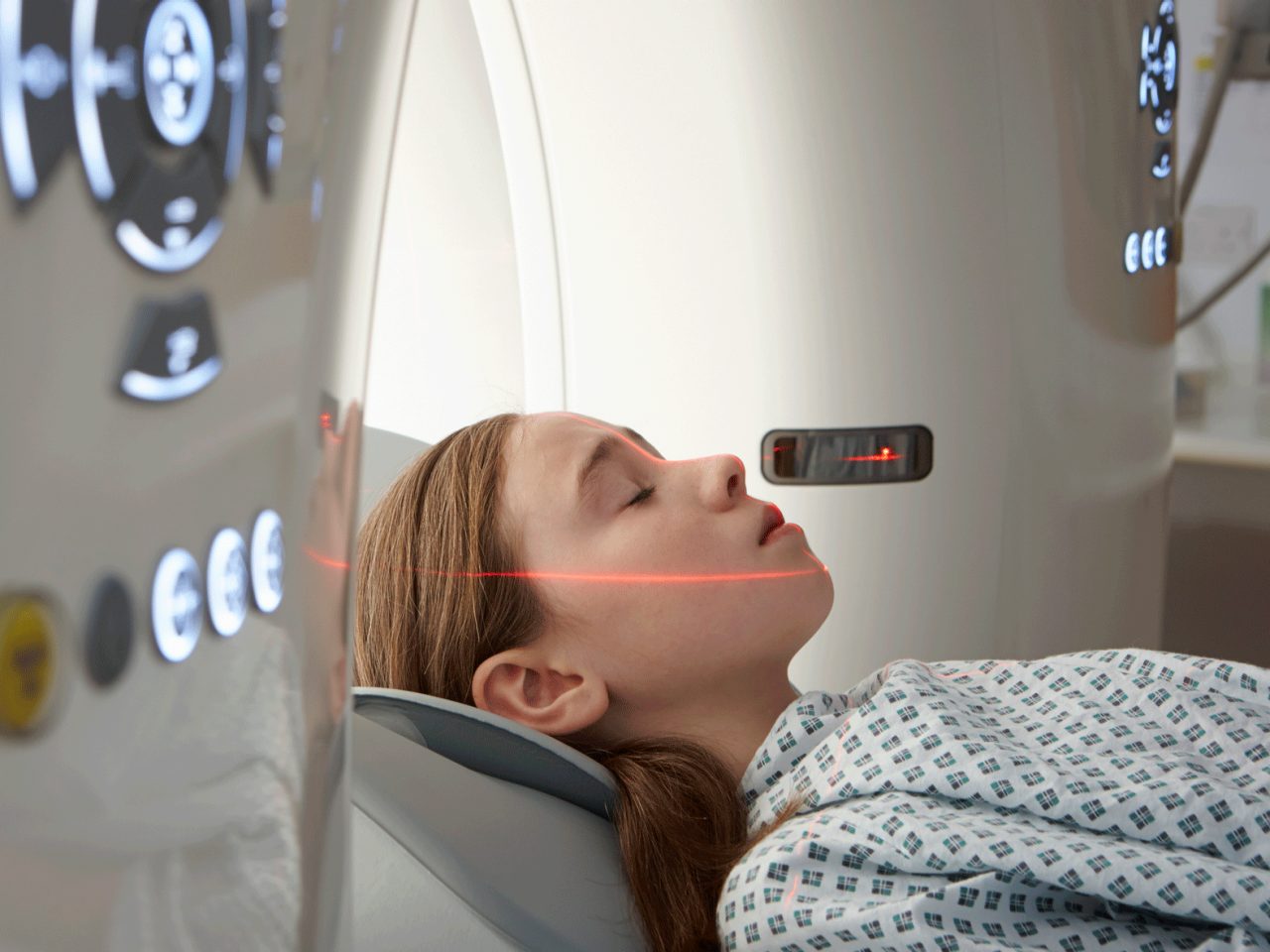Screening for Lung Cancer

Computed tomography is the standard screening test for lung cancer. People who have smoked a pack a day for 20 years, or two packs for 10 years, should be tested.
The U.S. Preventive Services Task Force (USPSTF), a panel of experts, recommends yearly screening for lung cancer with low-dose computed tomography (CT) for some current and former smokers.
You fit the description if you are 50- to 80-years-old and have a “20 pack-year smoking history” and still smoke or have quit within the past 15 years. A 20 pack-year smoking history means that you smoked a pack a day for 20 years or two packs a day for 10.
Once you’ve quit for more than 15 years, you can stop the screens.
People who don’t have symptoms or lung cancer or lung cancer risk factors should not get screened.
YOU MIGHT ALSO LIKE: Frequently Asked Questions About Lung Cancer
Doctors may use other methods to look for abnormal areas in your lungs, but the USPSTF recommends only CT.
Sputum cytology test
For this test, you use a special jar to collect a sample of the mucus that you cough up, usually on a few mornings in a row, and take it to your doctor. Your doctor will check for cancer cells under a microscope. Not all types of lung cancer will show cancer cells in the sputum.
Chest x-ray
This imaging test produces a picture of the organs within your chest. It shows a two-dimensional picture of your lungs.
Spiral computed tomography scan
A CT uses x-rays to scan your entire chest. You will lie still on a table that passes through the center of the CT scanner. The test provides a detailed picture of what your lungs look like. A CT scan is painless and noninvasive, requiring no special preparation.
You may be asked to hold your breath one or more times during the scan. While a CT scan can show some abnormal areas that a chest x-ray might miss, many of these areas don’t turn out to be cancer. You may need more tests to be sure.
Why CT is the standard test
In the past, doctors sometimes used sputum cytology, chest x-rays, or other methods to look for abnormalities, but these methods don’t reliably find cancers.
The USPSTF based its recommendation for CT scans on seven clinical trials evaluating lung cancer screening.
The National Lung Screening Trial (NLST) was a large clinical trial run by the National Cancer Institute. It compared CT scans with chest x-rays in more than 50,000 people aged 55 to 74 who were current or former smokers with at least a 30-pack-year history of smoking (equal to smoking a pack a day for 30 years).
People in the study received either yearly spiral CT scans or chest x-rays for three years. They were then followed for several years to see how many in each group died of lung cancer.
The study found that people who got CT scans had a 20 percent lower chance of dying from lung cancer than those who had chest x-rays. But some questions still need to be answered.
CT scans also find many abnormalities that don’t turn out to be cancer but prompt further testing. About one out of four people in the NLST had such a finding.
False-positive results can lead to anxiety and unnecessary additional tests, including more CT scans, biopsies, or even surgery in people who don’t have lung cancer.
CT scans also exposes you to a small amount of radiation.
If you have a history of smoking, exposure to secondhand smoke, or other risk factors, talk to your doctor about yearly screens.
Updated:
February 20, 2023
Reviewed By:
Janet O'Dell, RN